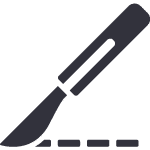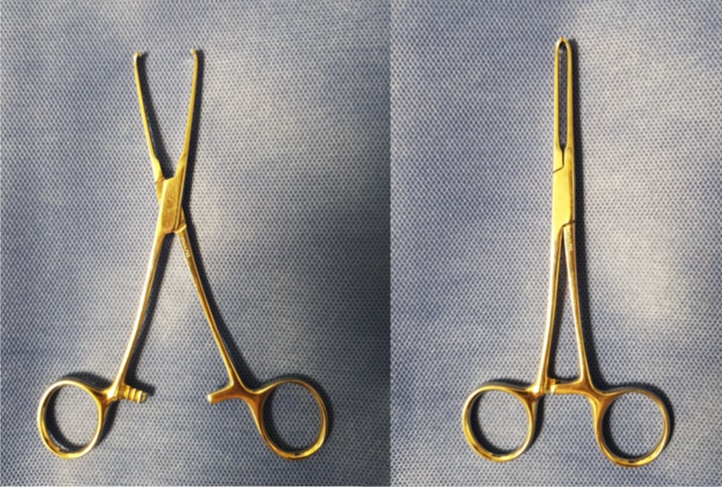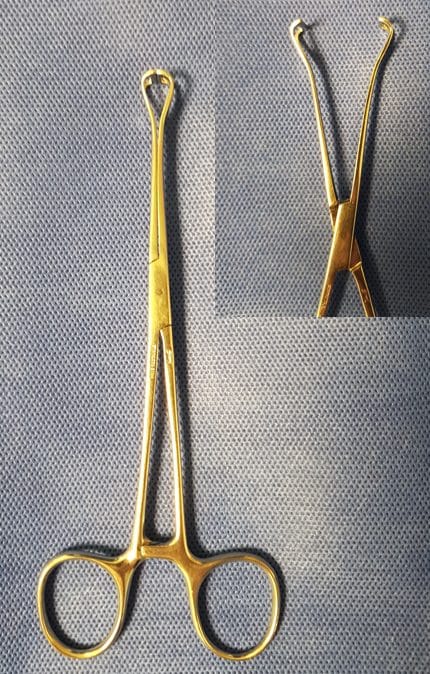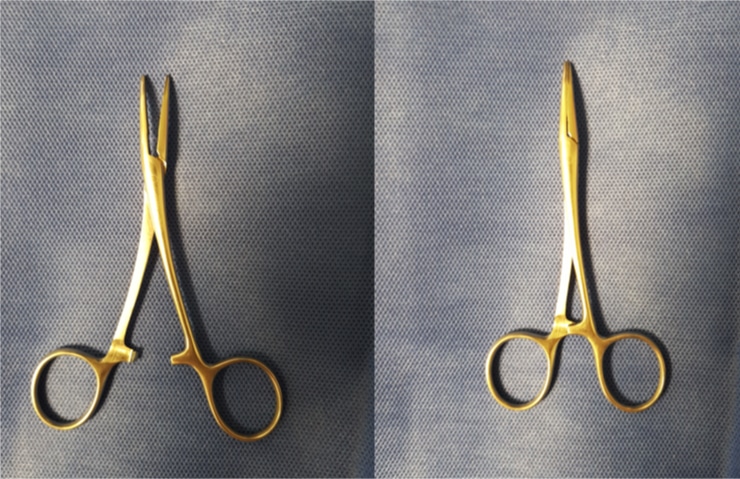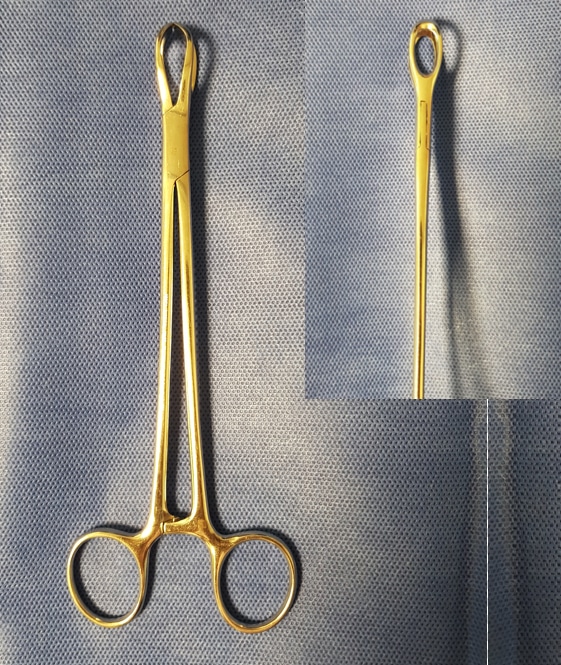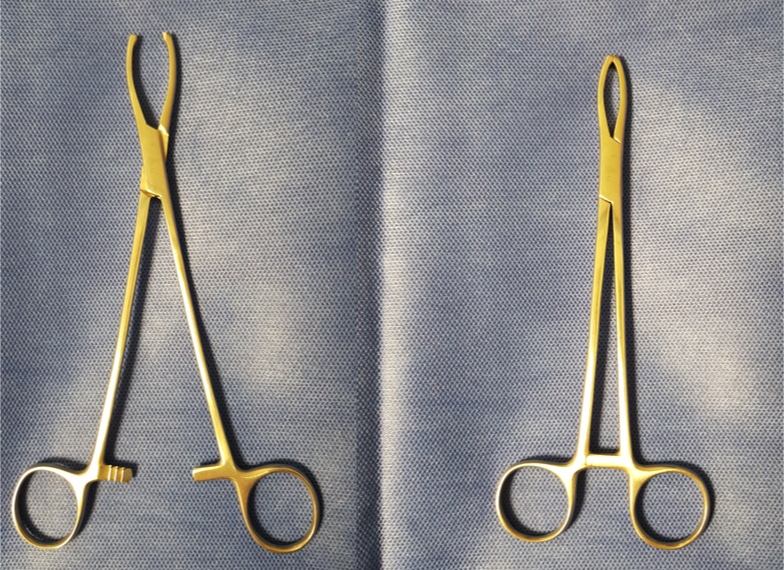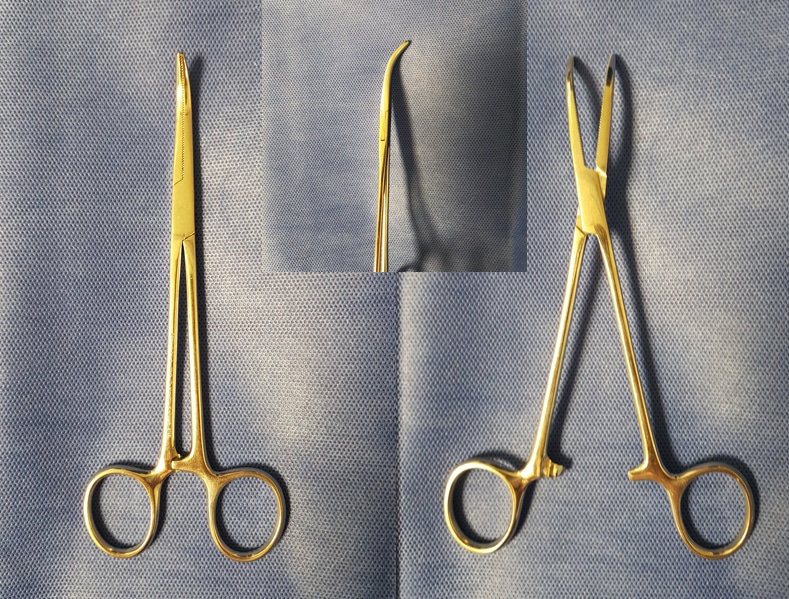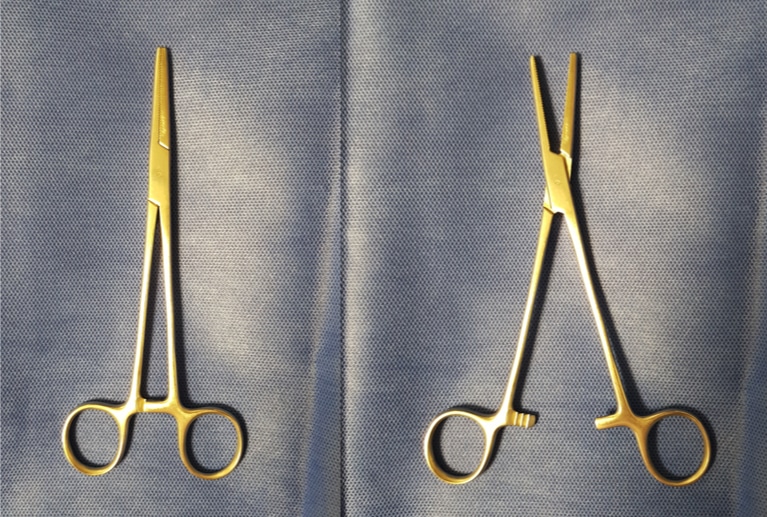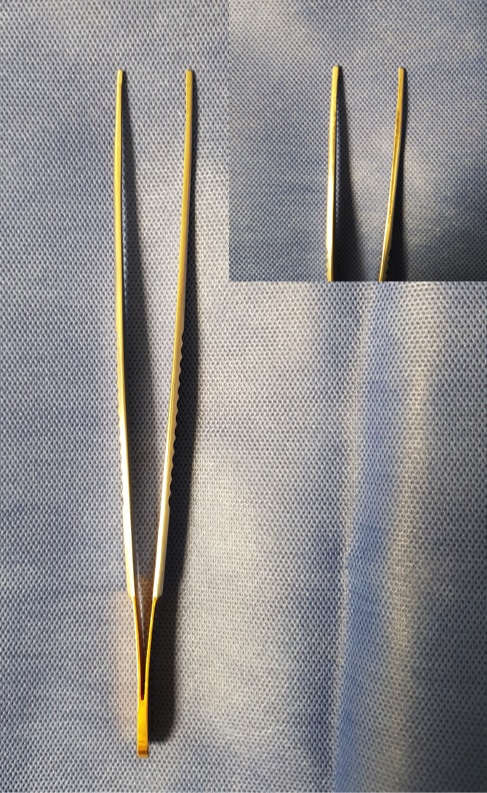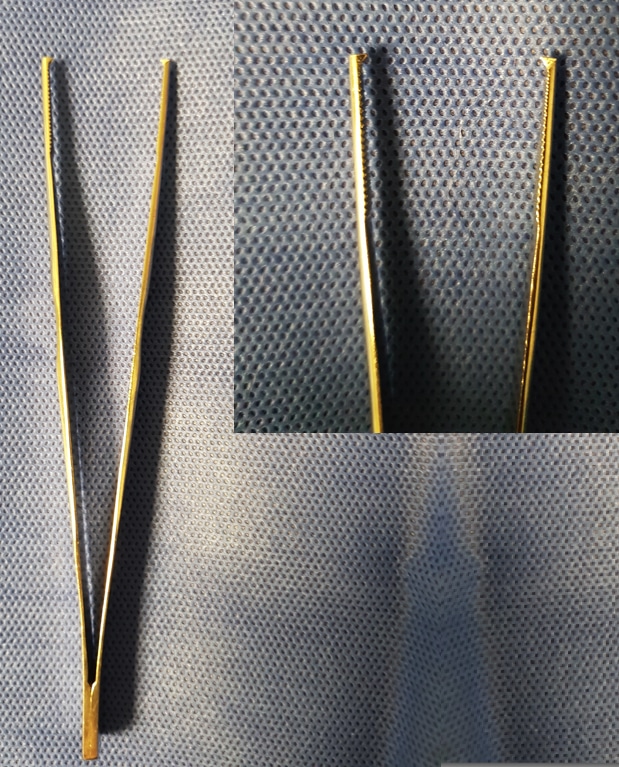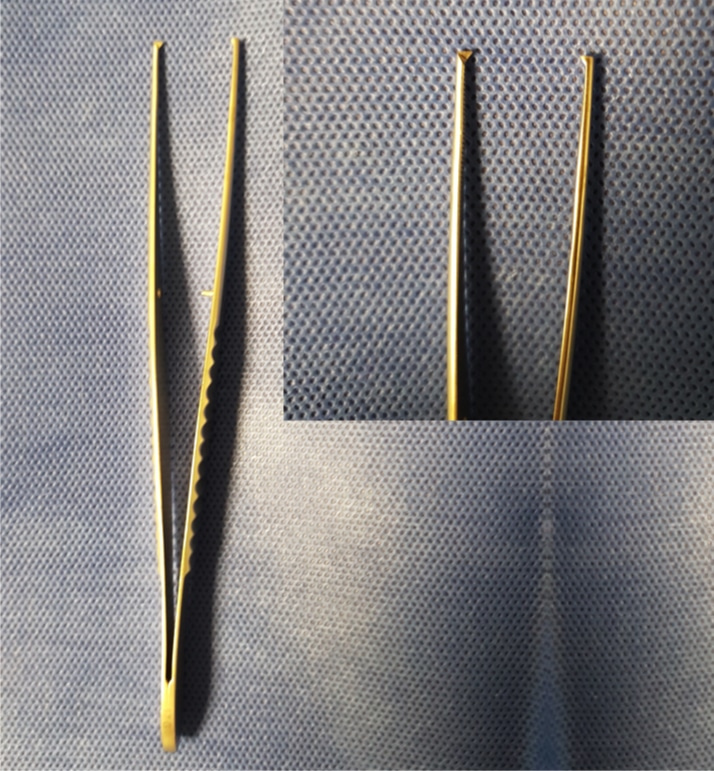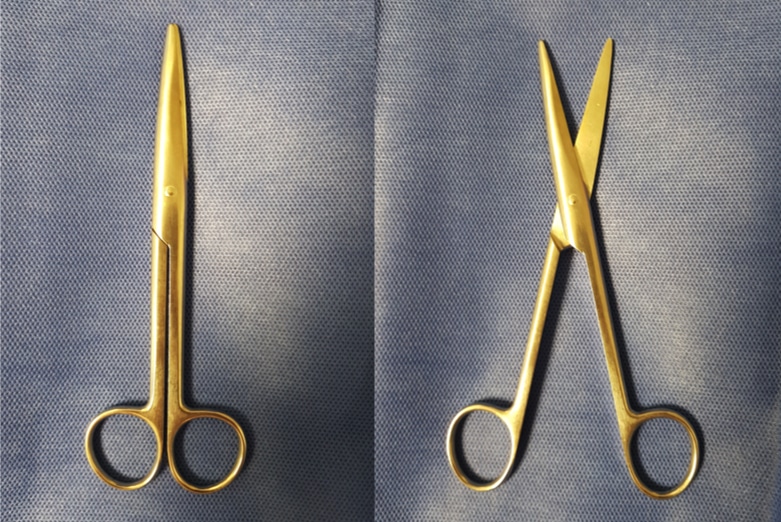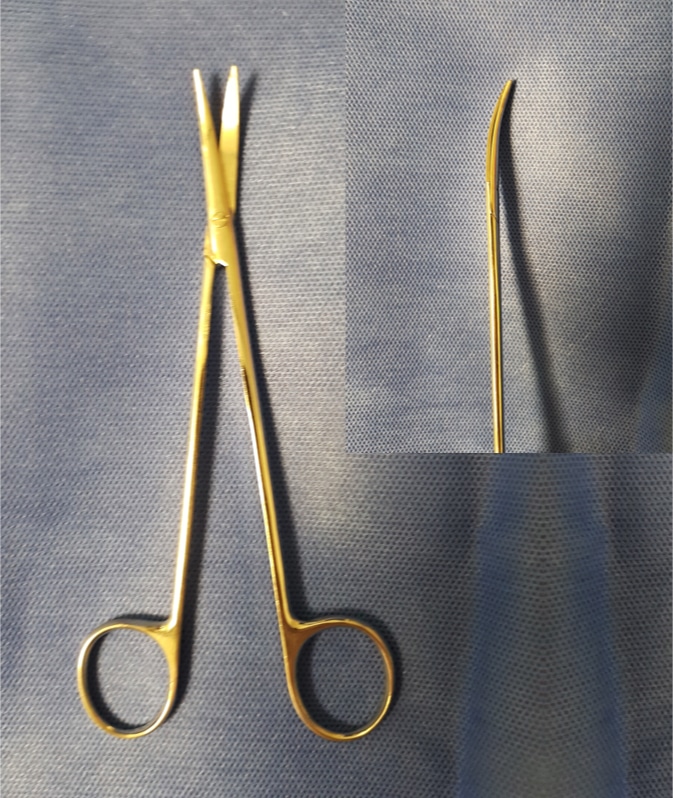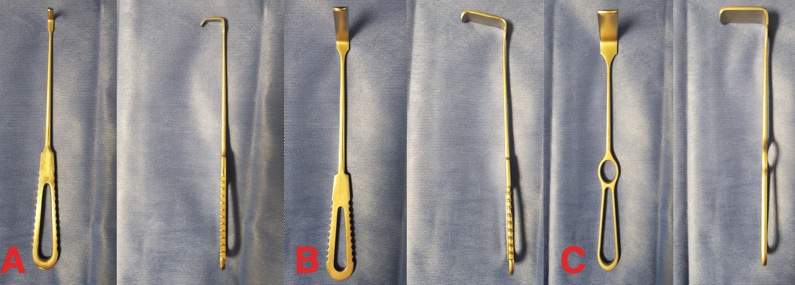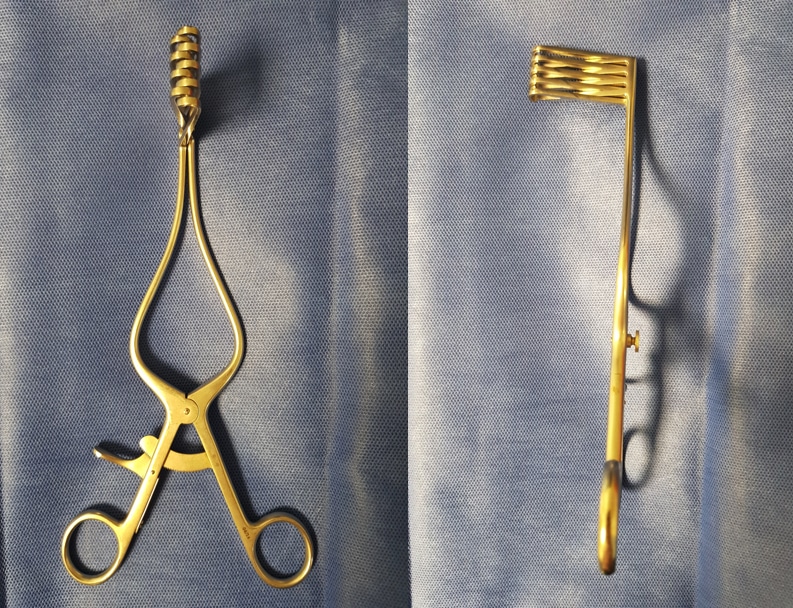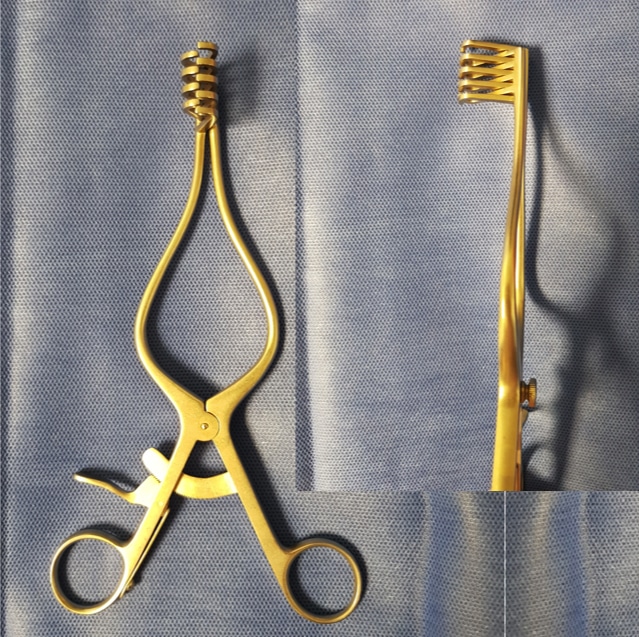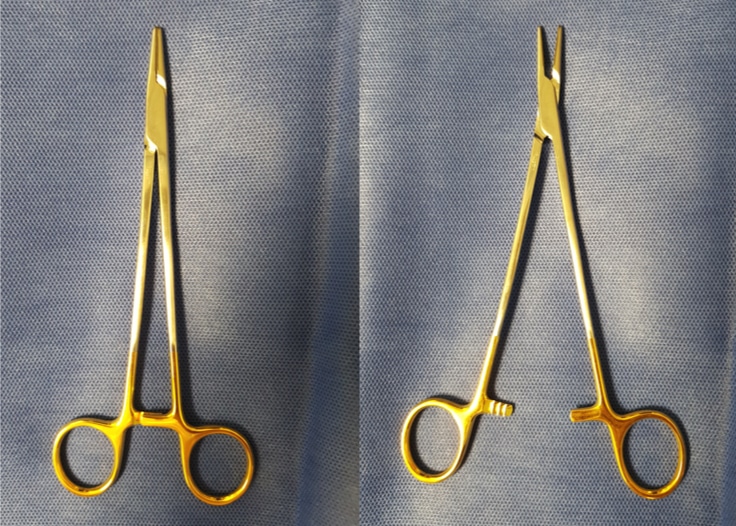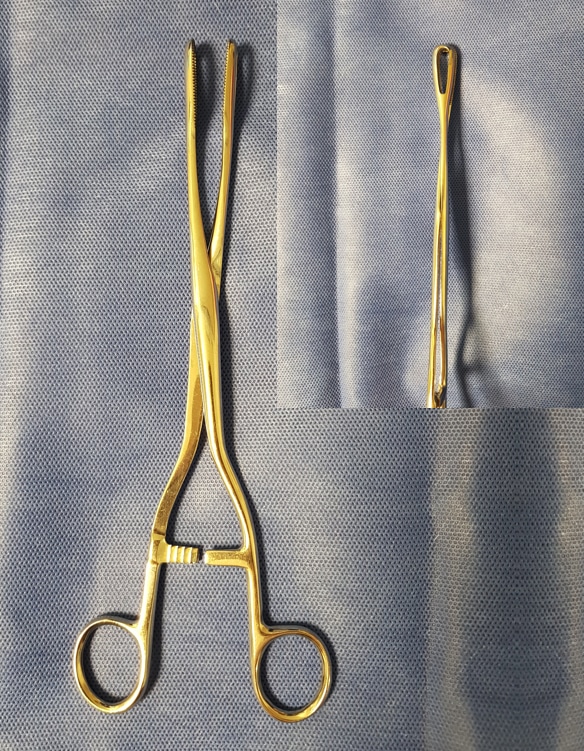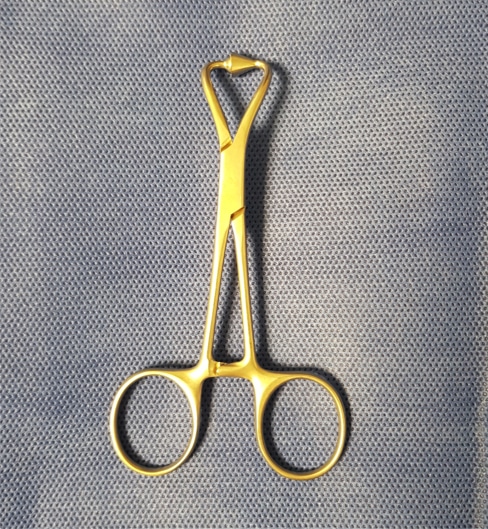Introduction
There are a wide array of instruments available for use during a surgical procedure, each with their specific uses and advantages (and disadvantages).
As a surgeon, it is important to know not only their names but when they should be used, and each speciality will have their own specific kit.
In this article, we cover the main instruments found in a general set for open abdominal surgery.
Ratcheted Forceps
Allis
Allis forceps are toothed surgical instruments, used to grasp firm tissues (such as fascia).
Babcock
Babcock forceps are jawed instruments with a smooth end, allowing for more delicate structures (such as bowel) to be held in an atraumatic manner
Dunhills
Dunhill forceps are small forceps with curved serrated ends, often used to grasp vessels prior to ligation
Lane Tissue Forceps
Lane tissue forceps have interlocking teeth, allowing the grasping of tough tissues, such as fascia
Littlewoods
Littlewood forceps have blunt ended teeth, used to grasp tough tissues, such as fascia. They are often used to gain entry via the umbilicus for laparoscopic surgery.
Sawtell
Sawtell forceps are curved forceps with a serrated end, often used to grasp vessels prior to ligation
Spencer Wells
Available as curved or straight, Spencer Wells forceps can be used to clamp medium to large sized vessels prior to ligation
Non-Ratcheted Forceps
Debakey
Debakey forceps are non-toothed forceps used in a wide variety of procedures, importantly can be used to grasp tissues (such as bowel) without damaging them
Lanes
Lanes forceps are toothed instruments, useful for grasping tissues and are widely used within all surgical specialities (however not to be used to grasp bowel)
Gillies
Gillies forceps are narrow toothed forceps, often used to grasp skin (not to be used to grasp bowel)
Scissors
Mayo
Mayo scissors are heavy scissors, with semi-blunt ends, often used to cut thick tissues or sutures, either straight or curved
McIndoe
McIndoe scissors are used often for cutting or dissecting tissues, characteristically have a curved blade
Retractors
There are multiple types of retractors available, all of varying sizes and length, such as Langenbeck, Travers, Morris, or St Mark’s retractors. There use is dependent on the operation and wound involved, however the most common are discussed below.
Langenbeck
The Langenbeck retractor is a hook shaped retractor with an L-shaped end, used to keep back tissue or separate the edges of wounds. They come in small, medium, or large sizes, depending on the depth of the cavity required
Norfolk and Norwich
The Norfolk and Norwich retractor is a self-retaining retractor, used to keep deep wounds and cavities open, with blunt ends to reduce risk of iatrogenic tissue injury
Travers
The Travers retractor is a self-retaining retractor, with short ends for use in keeping superficial wounds open
Other
Needle Holder
For holding needles, will come in varying sizes and length depending on the needle and tissue in question
Rampley Sponge Holding
A Rampley can be used to handle gauze or sponges
Towel Clips
Towel clips are most commonly used to secure towels or drapes in place, however they can be used to grasp tissue if required
Key Points
- There are a wide range of surgical instruments available, all with varying designs and uses
- Ensure to learn the names and advantages of all instruments available in the operating theatre
